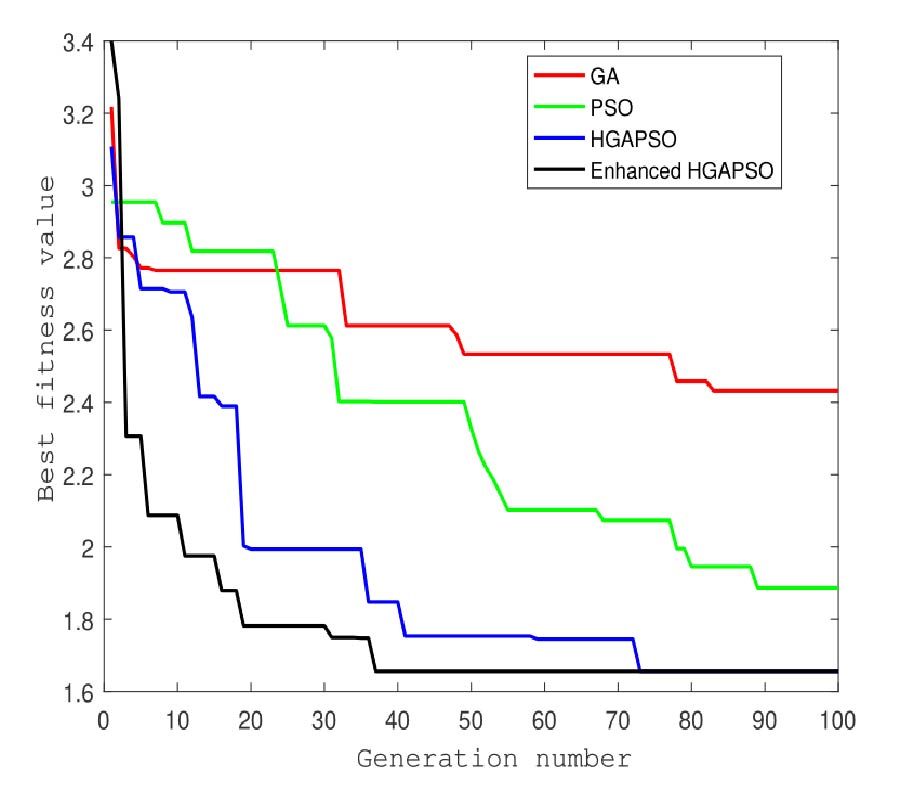A Compact CPW-Fed Triple-Band MIMO Antenna with Neutralization Line Decoupling for WLAN/WiMAX/5G Applications
Chengzhu Du,
Zhuolin Zhao,
Xun Wang and
Fu-Hui Yang
A compact CPW-fed triple-band Multiple Input Multiple Output (MIMO) antenna is designed for WLAN, WiMAX, and 5G applications in this article. Three resonant frequencies, including 2.4 GHz, 3.5 GHz, and 5.5 GHz are generated by two branches and a rectangle radiation patch. The proposed antenna comprises two antenna elements placed side by side with a meandering neutralization line (NL) inserted between the elements to realize decoupling. To analyze the performance, it is fabricated and experimented. The measured results reveal that it has three impedance bandwidths: 2.38-2.52 GHz (5.7%), 3.28-3.62 GHz (10.1%), and 5.05-6.77 GHz (29.1%) with the measured isolation up to 16 dB. Furthermore, the parameters of diversity performance like envelope correlation coefficient (ECC), diversity gain (DG), efficiency, gain, channel capacity loss (CCL), mean effective gain (MEG), and total active reflection coefficient (TARC) are also analyzed, and the results indicate that the proposed antenna is desirable for integration in WLAN/WiMAX/5G devices.
















